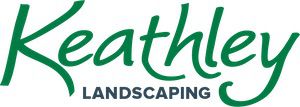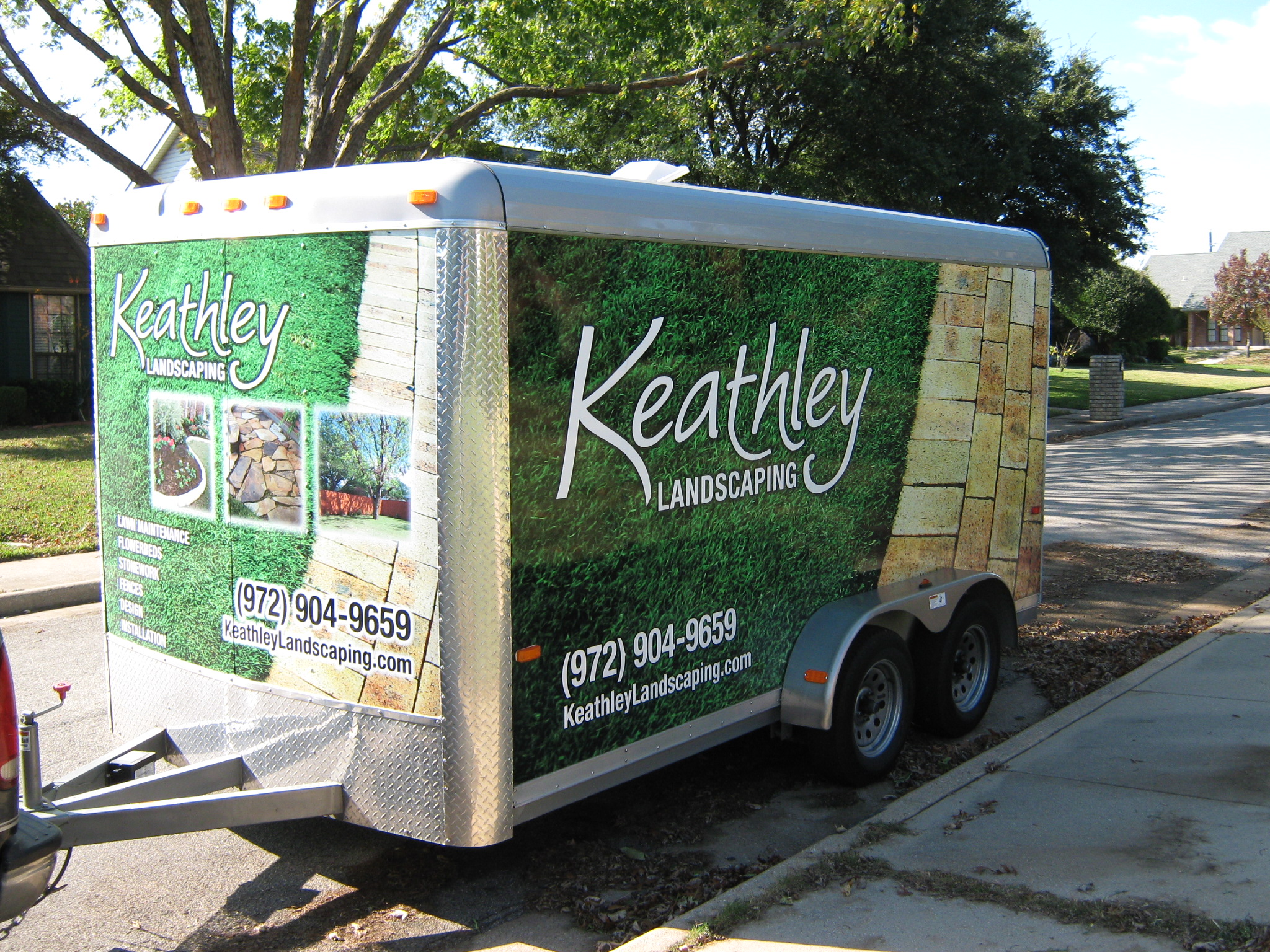Yard Drainage Strategies for High-Water Table Areas
Living in an area with a high-water table can present some unique challenges, especially when it comes to maintaining your yard. 🌧️ Whether you’re dealing with constant puddles or a soggy lawn, proper drainage is key to keeping your outdoor space usable and beautiful. In this blog post, we’ll explore effective yard drainage strategies tailored for high-water table areas.
Table of Contents
1. Understanding High-Water Table Areas
2. Assessing Your Yard’s Drainage Needs
3. Effective Yard Drainage Solutions
4. DIY vs. Professional Installation
5. Conclusion
6. FAQs
Understanding High-Water Table Areas
A high-water table is when the groundwater level is close to the surface of the soil. This can lead to waterlogging, where water doesn’t drain away quickly, causing issues such as flooding and root rot in plants. Understanding the unique characteristics of your area is the first step in tackling drainage issues.
Assessing Your Yard’s Drainage Needs
Before implementing any solutions, it’s crucial to assess the specific drainage needs of your yard. Walk around your property after a rainstorm and take note of where water tends to collect. Do you notice any specific low spots? Is water pooling near your home’s foundation? This assessment will guide you in deciding which drainage strategies to employ.
Effective Yard Drainage Solutions
Here are some tried-and-true strategies to improve yard drainage in high-water table areas:
1. French Drains 🚰
French drains are a popular choice for many homeowners. These involve a trench filled with gravel and a perforated pipe that redirects water away from problem areas. They’re particularly effective at handling large volumes of water.
2. Rain Gardens 🌿
A rain garden is a beautiful and eco-friendly way to manage excess water. By planting water-tolerant plants in a low-lying area, you can naturally absorb runoff and add aesthetic appeal to your yard.
3. Dry Wells
Dry wells are underground structures that collect and disperse water. They are an excellent solution for temporarily holding excess water until it can seep into the ground naturally.
4. Swales
Swales are shallow ditches that redirect water flow. They can be lined with rocks or vegetation, helping to slow down water and direct it where you want it to go.
DIY vs. Professional Installation
While some drainage solutions can be tackled as DIY projects, such as installing a simple French drain, others may require professional expertise. If you’re unsure about the best approach or if your yard has complex drainage issues, consulting with a landscaping professional can save you time and ensure effective results.
Conclusion
Dealing with a high-water table doesn’t have to mean a soggy, unusable yard. By understanding your yard’s specific needs and implementing the right drainage strategies, you can transform your outdoor space into a functional and beautiful area. Remember, the key is to plan effectively and choose solutions that fit your unique landscape.
FAQs
1. What is the best drainage solution for a high-water table area?
The best solution often depends on your specific yard conditions, but French drains and rain gardens are popular and effective choices.
2. Can I install a drainage system myself?
Yes, some systems like French drains can be DIY projects. However, complex issues might require professional help.
3. How do I know if my yard has a high-water table?
Signs include persistent wet areas, flooding after rain, and issues with plant growth. A professional assessment can provide a definitive answer.
4. Are rain gardens effective for all types of yards?
Rain gardens are versatile, but they work best in areas where water naturally collects. They may not be suitable for all yard layouts.
5. How long does it take to see results after installing a drainage system?
Results can vary, but most systems will show improvement within a few weeks after installation, especially after significant rainfall.





































Recent Comments